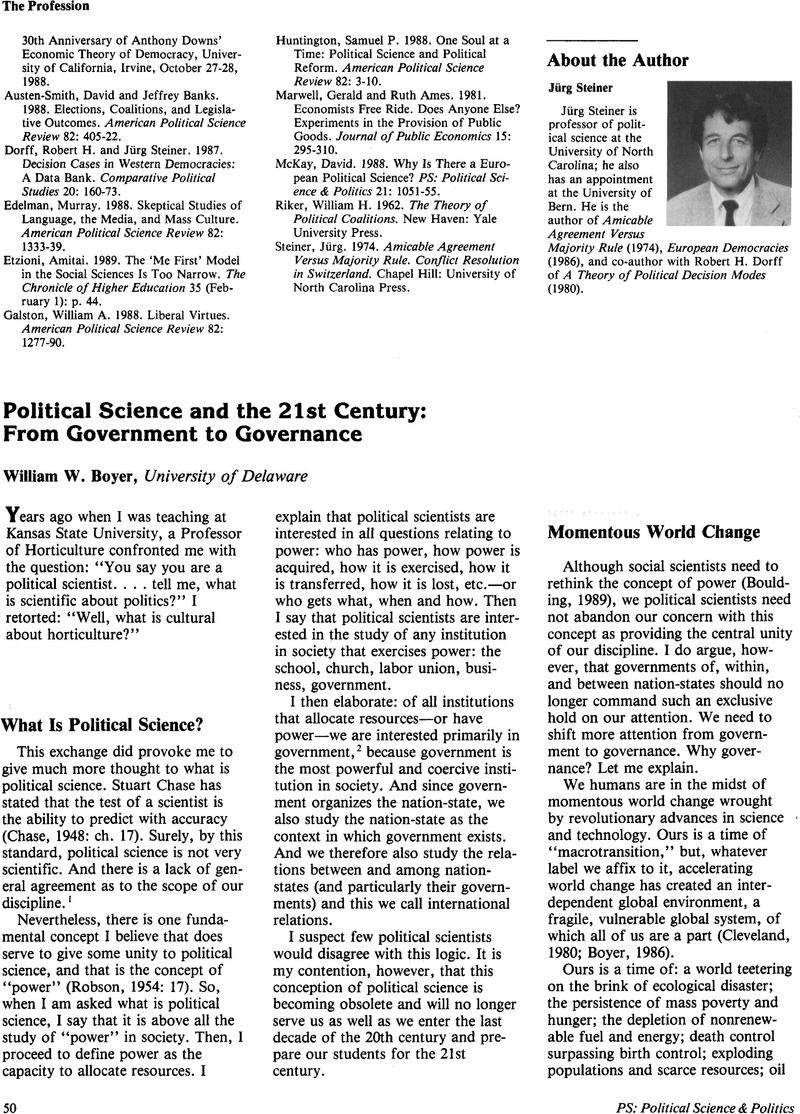Crossref Citations
This article has been cited by the following publications. This list is generated based on data provided by Crossref.
Boyer, William W.
1992.
Reflections on Democratization.
PS: Political Science & Politics,
Vol. 25,
Issue. 3,
p.
517.
Palm, Jenny
2008.
Emergency management in the Swedish electricity market: The need to challenge the responsibility gap.
Energy Policy,
Vol. 36,
Issue. 2,
p.
843.
Wihlborg, Elin
and
Palm, Jenny
2008.
Who is Governing What? Governing Local Technical Systems–an Issue of Accountability.
Local Government Studies,
Vol. 34,
Issue. 3,
p.
349.
Cappellin, Riccardo
2011.
Governance, Development and Conflict.
Vol. 18,
Issue. ,
p.
31.
Bolton, Matthew
Sakamoto, Eiko Elize
and
Griffiths, Hugh
2012.
Globalization and the Kalashnikov: Public–Private Networks in the Trafficking and Control of Small Arms.
Global Policy,
Vol. 3,
Issue. 3,
p.
303.
David, Frédéric
and
Le Jeune, Thomas
2021.
Enjeux de gouvernance locale autour de la potabilisation des eaux du fleuve Sénégal et des réseaux de distribution multi-villages. Enseignements du programme « Aicha » dans le Trarza.
L’Ouest Saharien,
Vol. Vol. 13-14,
Issue. 1,
p.
335.





